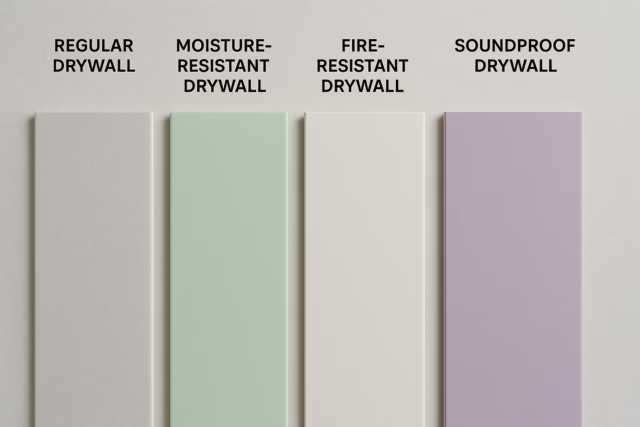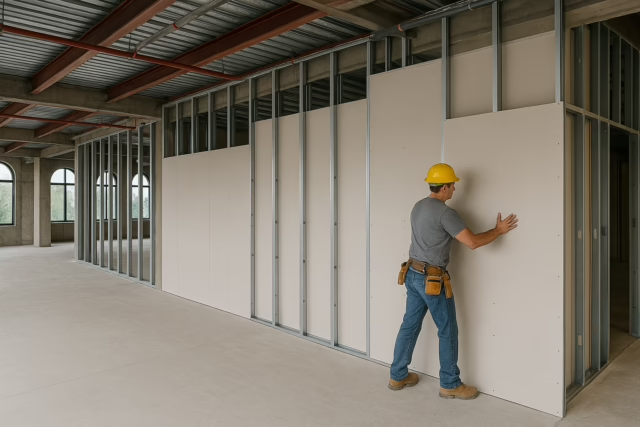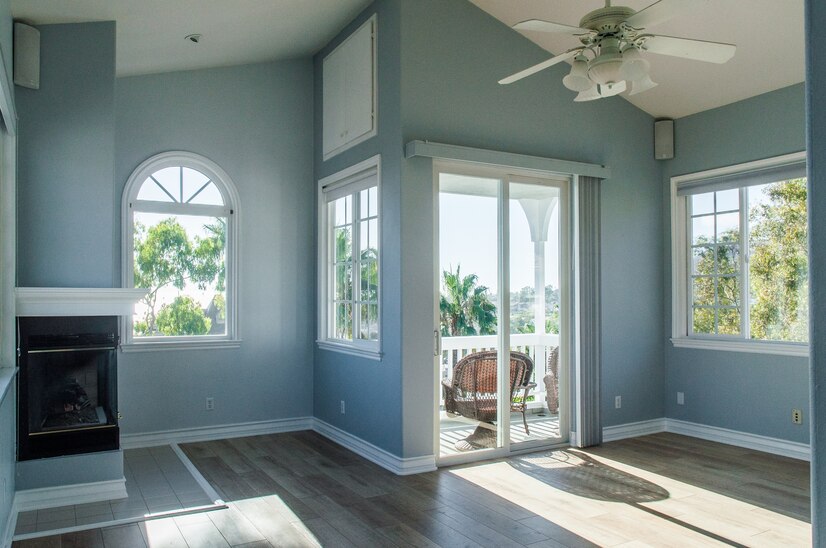When considering the aesthetic appeal and function of windows, window molding design plays an essential role. It’s not just an architectural feature but a defining element that enhances the overall look of a space. Whether you’re aiming for a classic or contemporary look, the right molding can transform a simple window into a stunning focal point. But how does molding achieve this? And what factors should you keep in mind when selecting molding for your windows?
Window molding design combines both form and function. It outlines the window, creating visual interest, while also providing practical benefits like sealing gaps and improving insulation. By selecting the right style, you can complement your interior design, add depth to your space, and ensure your windows serve both aesthetic and practical purposes.
Why Window Molding Design is Important
The design of window molding isn’t just about decoration—it serves several functional purposes. First, it seals the edges of the window frame, preventing air drafts and moisture from entering your home. This is essential for maintaining energy efficiency and protecting your home from potential water damage. In older homes, upgrading or replacing window moldings can also improve insulation and reduce energy costs.
Visually, molding helps define the window space, giving it character and style. The use of trim around windows, whether subtle or bold, frames the view and draws the eye outward, making your windows seem larger and more inviting. Imagine walking into a room and noticing the detailed woodwork around the windows—that’s the power of window molding design.
Types of Window Molding to Consider
There are several different styles of window molding to choose from, each offering a unique look and function. Understanding these options can help you make an informed decision that fits the overall design of your home.
- Casing: This is the most common type of window molding, used to cover the gap between the window frame and the wall. Casings can be simple or elaborate, depending on the style you’re going for. For instance, a sleek, flat casing works well in modern homes, while ornate, detailed casing suits more traditional designs.
- Apron: Installed beneath the window sill, the apron adds visual weight to the bottom of the window. It helps balance the look of the window with the rest of the wall, creating symmetry.
- Crown Molding: While typically found at the tops of walls, crown molding can also be used to highlight windows, especially in rooms with high ceilings. It brings an added layer of elegance and can make the window feel taller and grander.
By selecting the right type of molding, you can elevate the look of your windows while also enhancing their functionality. The design of window molding is versatile, and there’s a solution for every home style, from minimalist to luxurious.
Enhancing Your Home’s Aesthetic with Window Molding
The right window molding design has the power to dramatically improve your home’s interior and exterior appearance. Internally, window moldings can frame beautiful views, adding depth and detail to the room’s decor. Externally, they give your home’s facade a polished, finished look.
Consider pairing window molding with crown molding throughout your home for a cohesive, high-end appearance. In addition to beautifying your space, cohesive moldings provide a continuous, flowing design that unites your windows with the rest of the architectural elements in your home.
If you’re undertaking a home renovation or looking to enhance your windows, focus on selecting a molding style that complements your overall design goals. Whether you choose clean lines for a modern aesthetic or intricate patterns for a classic, timeless look, window molding design will elevate both the function and appearance of your windows.
Installation and Professional Help
While some homeowners may choose to install window molding themselves, it’s usually best to consult professionals, especially for larger or more intricate designs. Proper installation is key to ensuring that your windows are not only visually appealing but also properly insulated and sealed.
If you’re unsure where to start, consider reaching out to professionals like HD Drywall, who specialize in molding installations. Their expertise ensures that every piece of molding is installed correctly, adding long-lasting value to your home. You can also check their Facebook page for inspiration or contact them directly for consultations.
Window Molding as a Focal Point
One of the greatest advantages of window molding design is its ability to turn windows into a focal point. By simply adding decorative trim, you can shift attention toward a beautiful view or create a centerpiece in a room. Bold, decorative moldings can serve as statement pieces, adding elegance and grandeur to your space.
Whether you choose traditional moldings with intricate details or prefer a more streamlined, contemporary look, molding transforms ordinary windows into features worth admiring. Don’t overlook the potential that window molding has to offer when designing or renovating your home.
Conclusion: Why Window Molding Design Matters
In conclusion, window molding design is a critical element in both the aesthetic and functional aspects of your home. It can transform a dull, flat window into a rich architectural feature while also ensuring your home is protected from drafts and moisture. With a range of styles to choose from—casings, aprons, and even crown moldings—there’s a perfect design for every window. For those interested in improving their home, investing in quality window molding is an affordable way to achieve a significant upgrade in style and comfort.
FAQs
What is window molding design?
Window molding design refers to the decorative trim or casing around a window that enhances its appearance while also serving practical functions, like sealing gaps and providing insulation.
What types of molding are used around windows?
Common types of window molding include casing, apron, and crown molding. Each serves different purposes, from sealing the window frame to adding decorative elements.
Why is window molding important?
Window molding plays a critical role in sealing windows against drafts and moisture, improving energy efficiency, and adding architectural detail to your home.
Can I install window molding myself?
While it’s possible to install simple window molding on your own, for more complex designs or better finishes, it’s advisable to hire professionals like HD Drywall.
How do I choose the right window molding for my home?
Choosing the right window molding depends on your home’s architectural style. Traditional homes often feature more ornate moldings, while modern designs opt for clean, minimalistic lines.
Does window molding add value to a home?
Yes, quality window molding can add significant value by improving both the aesthetic appeal and energy efficiency of your home.






